Onsite Insight – Always Be Positive!
In industrial settings, selecting the appropriate pump to handle fluids from a pit can be a challenging task. With factors like fluid characteristics, head requirements, and the configuration of the platform and pit, one key design aspect that requires close attention is Net Positive Suction Head (NPSH). NPSH is essential because it defines the pressure required at the pump inlet to avoid cavitation, a phenomenon that can cause significant damage to pump components. The challenge in applications with a platform and pit lies in ensuring that the pump has sufficient NPSH available (NPSHa) to prevent this issue, which is why pump choice is critical.
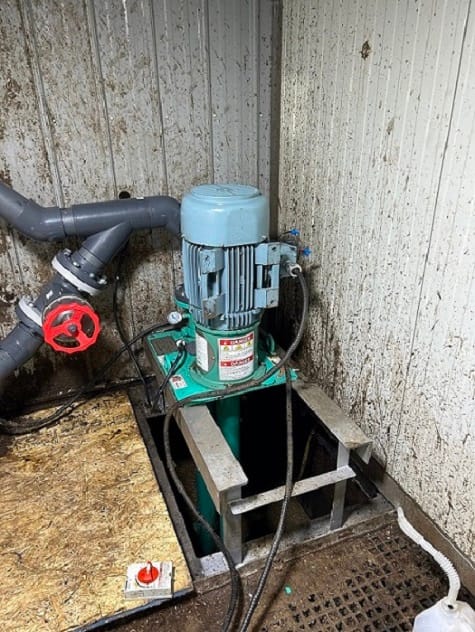

So, what do you do if you have a pit and a platform, and you need to pump from this pit? We recently had the opportunity to team up with Harmony Beef to manage one of their pits where a horizontal chopper pump was initially selected. While horizontal pumps are popular in many industrial applications, they are often unsuitable for pumping out of pits. The reason is that horizontal pumps generally require more NPSHa than is available in a pit scenario, where the fluid level might be low. Without adequate NPSHa, the horizontal pump risks cavitating, leading to reduced performance and potential premature equipment failure. Therefore, horizontal pumps are not the ideal choice for such setups.
In this specific scenario, we made the switch to Vaughan’s Vertical Wet Well pump. Much like a submersible pump, Vaughan’s Vertical Wet Well pumps are designed to eliminate low NPSH conditions since their volute and impeller are submerged in the fluid. However, unlike a submersible pump, Vaughan’s Vertical Wet Well chopper pumps allows for greater draw-down of the pit without the worry of exposed submersible motors overheating. A Vaughan Vertical Wet Well chopper pump provides a robust solution for pit applications, where the fluid may contain fibrous material like cow hair, hooves, and the odd horn as is the case with Harmony Beef . These pumps not only eliminate the concern for insufficient NPSHa but also offer superior solids-handling capabilities, thanks to the chopper technology
Other options worth considering include self-priming pumps, submersible pumps, and prime-assist packages. Each pump type has its strengths, but their performance varies based on how they handle NPSH limitations. Self-priming pumps, for instance, offer the advantage of drawing fluid into the pump automatically. However, these pumps can still struggle with NPSHa in deep pits, especially if the suction lift is high. Moreover, their maintenance can be more frequent due to priming issues in demanding conditions.
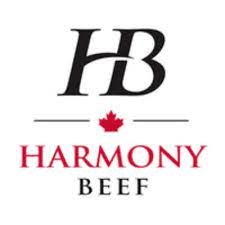
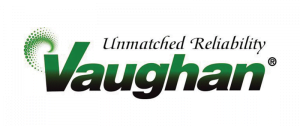
Submersible pumps are another option frequently used for pit applications. These pumps are placed directly into the fluid, eliminating concerns about suction lift. However, maintenance for submersibles can be difficult since the pump must be removed from the pit.
Prime-assist packages are a hybrid solution, incorporating automatic priming mechanisms that enable pumps to maintain prime in low-NPSH conditions. These packages are useful for temporary or mobile applications, but in stationary industrial settings, they may not provide the robustness and durability required for continuous operations.
Selecting the right pump for platform and pit configurations comes down to understanding the limitations of NPSH and choosing a pump that can perform reliably within those constraints. Vaughan’s vertical wet well chopper pumps offer the ideal solution for such applications, ensuring efficient performance while reducing the risk of cavitation and simplifying maintenance.

For industrial settings that require heavy-duty pumping solutions, these pumps are the best choice for ensuring reliability and longevity. And I can guarantee our happy customers at Harmony Beef would also agree!

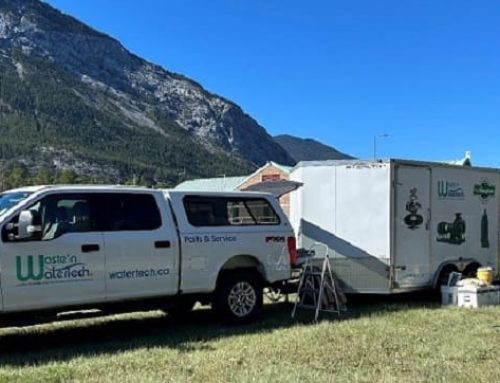
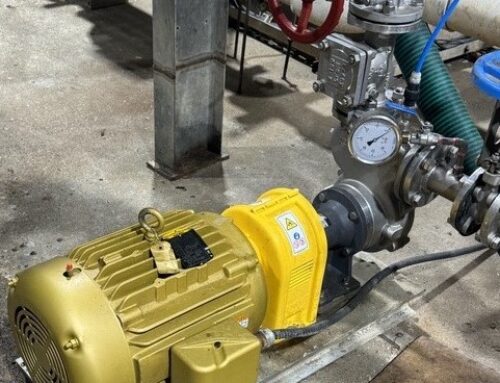

Leave A Comment